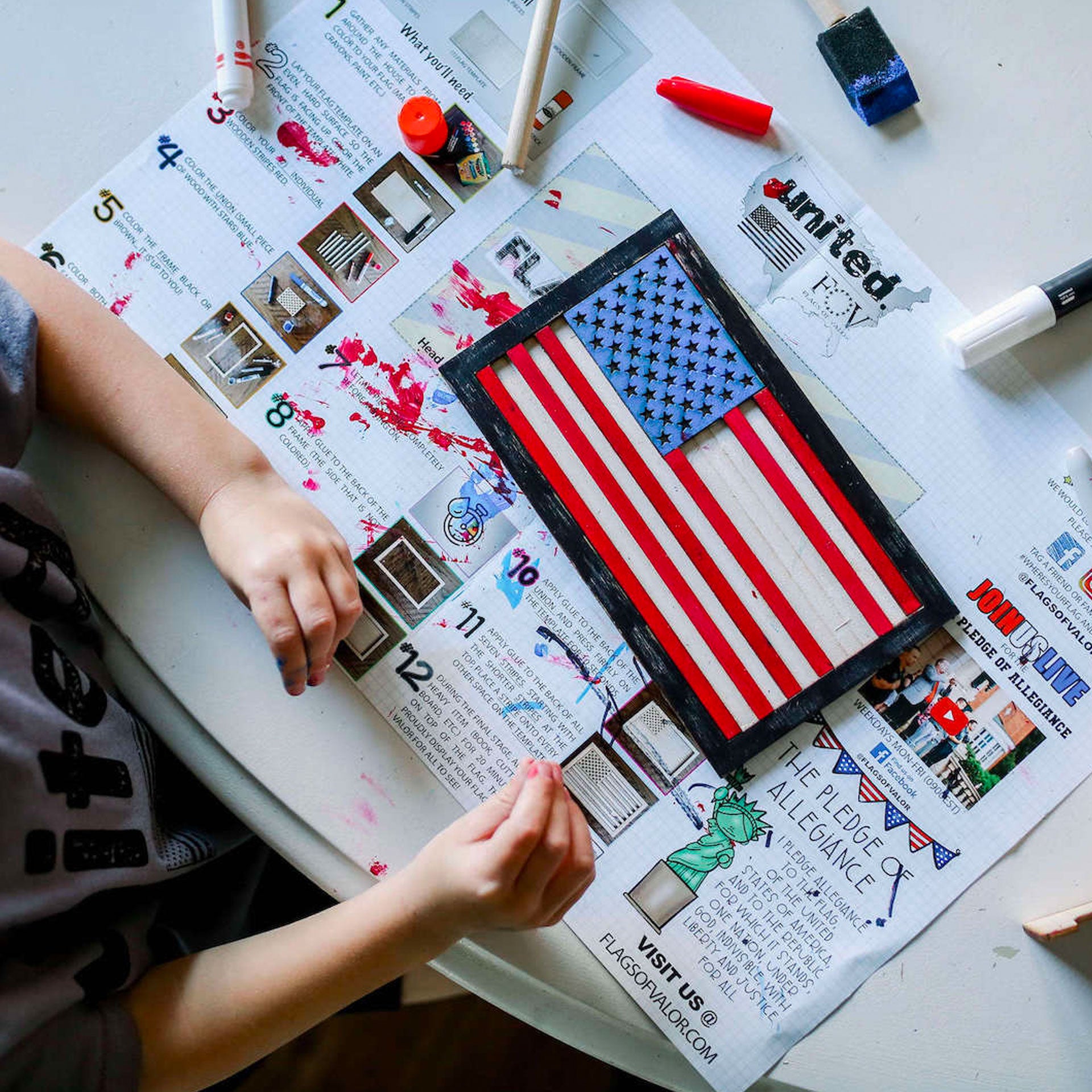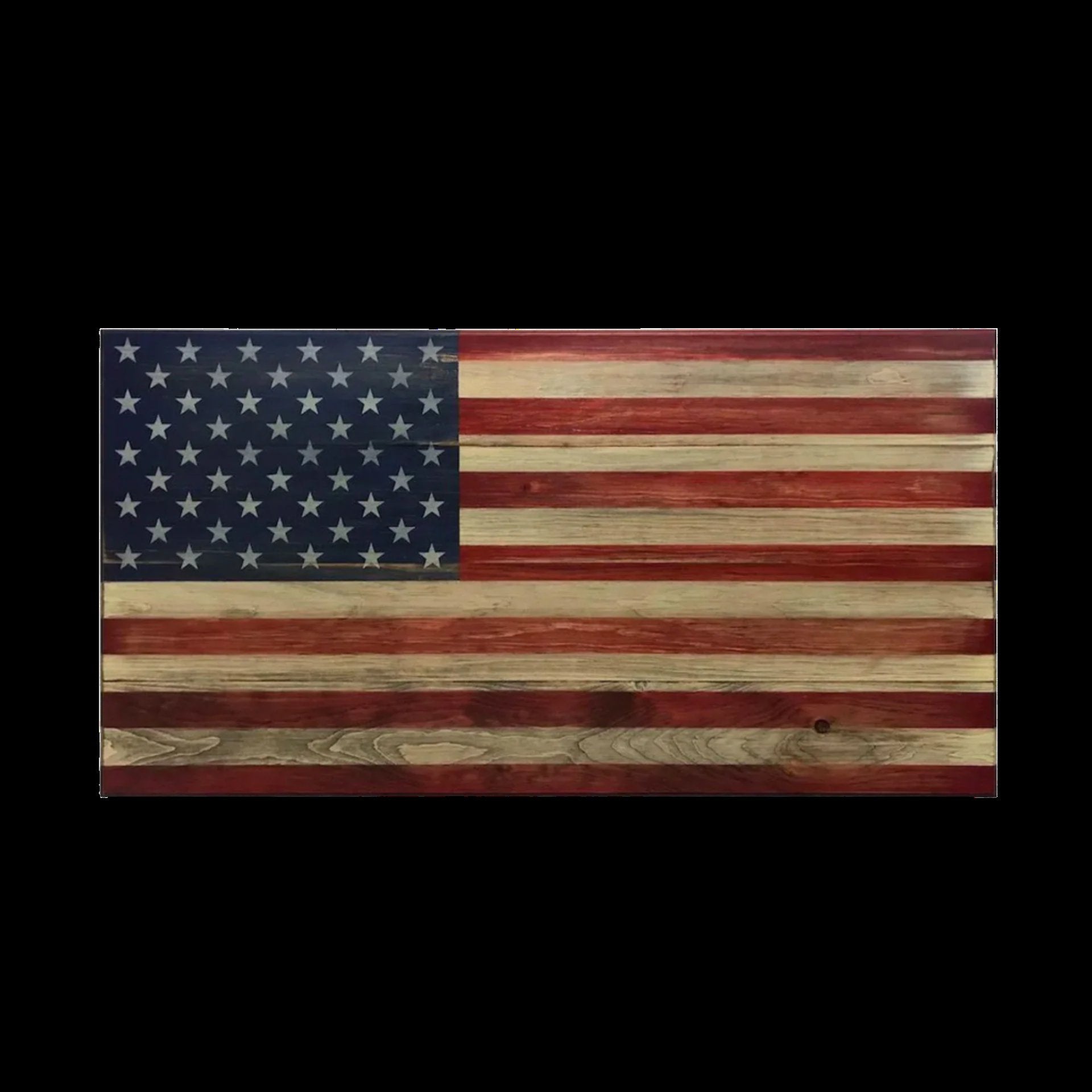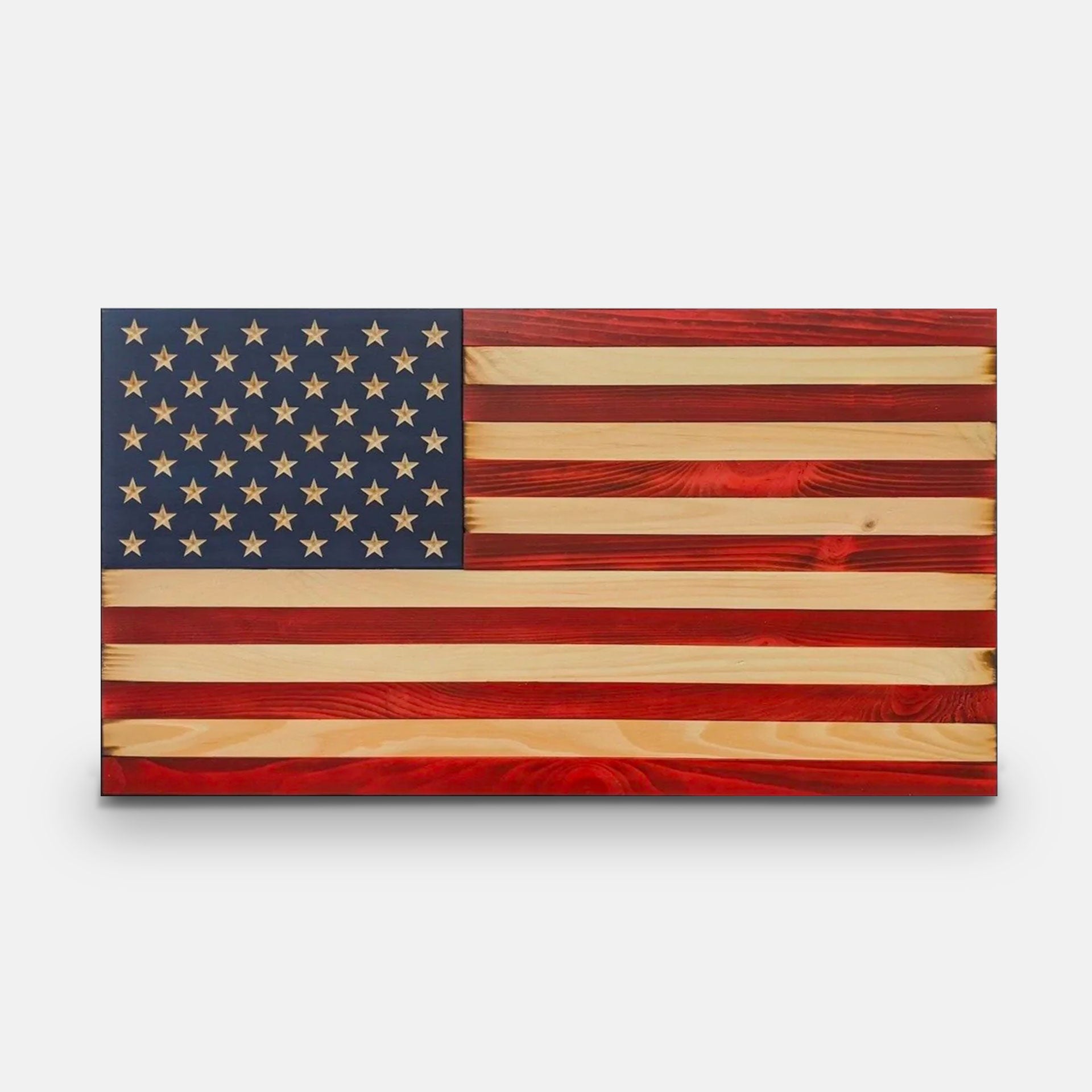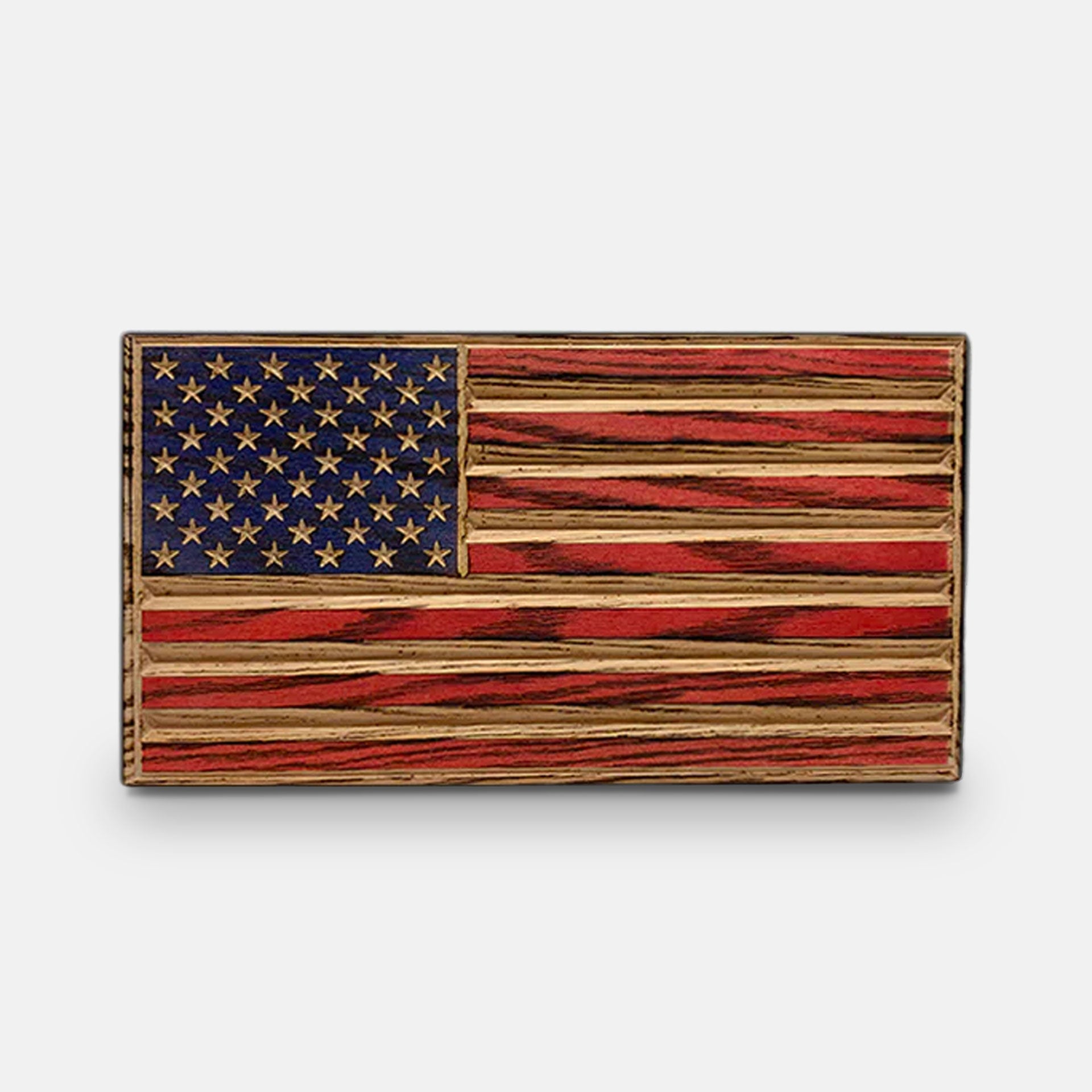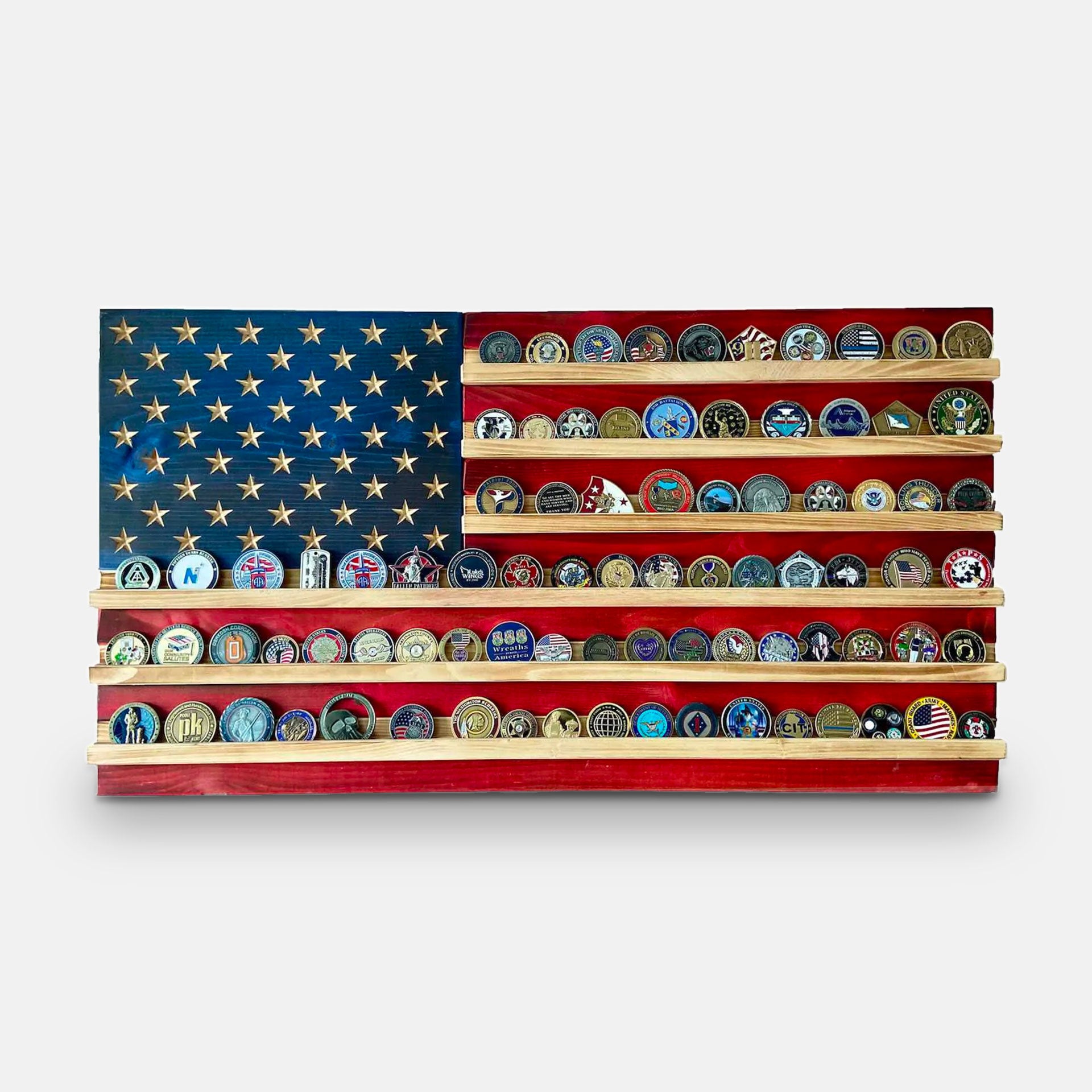The account that follows is a true story and the first in a series titled, Portraits of Valor. We have invited individuals from our community of supporters to share stories of valor, service, and sacrifice. Whether that be their own experience or the experiences of family members or friends, Portraits of Valor is a celebration of those who have dedicated their lives to serving others. This account was written by former DEA Agent, Aaron Graham and has only been edited for clarity. All pictures courtesy of Aaron Graham. If you are interested in submitting a story for Portraits of Valor, Click Here.

(Graham on left)
Aaron Graham: Guadalajara, MEX
I began my law enforcement career with the San Diego Police Department in 1983. After two years of working in the patrol division, it had become apparent that substance abuse was a contributing if not leading cause of most other crimes, so I applied to the Drug Enforcement Administration (DEA) in 1985. Within days of being hired by DEA, Special Agent Enrique “Kiki” Camarena was kidnapped by the Guadalajara Cartel, tortured and murdered. Working on this case became my single focus.

(SWAT Operations)
After graduation from the DEA Academy at the Federal Law Enforcement Training Center, I was transferred to the San Francisco Field Office, where I conducted undercover investigations, money laundering operations and served on the SWAT team. After three years in San Francisco, I volunteered for assignment to the Guadalajara, Mexico Resident Office to pursue the kidnapping and murder investigation involving Kiki Camarena. If Kiki’s name sounds familiar, that’s because his kidnapping, gruesome torture and murder are featured in the current season of Netflix NARCOS Mexico.


(Marijuana traffickers in a Mexican jail with 2+ tons of product)
After the significant success outlined above, Mexican police officials determined that there was a $500,000 contract for my kidnapping and/or murder by the same family that had killed Agent Camarena. My family and I were then evacuated and re-assigned to the DEA Office in Tucson, AZ.
Living and working in a foreign country provided a perspective that is hard to explain, almost like viewing one’s life from outside your own body. While I’d always been appreciative of what I’d been given in life, growing up the eldest of three boys raised by a land surveyor father and stay-at-home mom, I came to understand that without the contrasting perspective of living and working abroad, it was virtually impossible to appreciate how blessed I actually was.

(Graham, second from right, with his family)
Working for the US government is something I’ll always be very proud of, and while serving abroad, the US flag became a strong symbol of my pride. It was during this time that I began to wear US flag lapel pins on my suit coats, which I still do to this day. Since returning from Mexico, I’ve always flown a US flag outside my house, 24 hours a day with appropriate nighttime lighting.
In 2018, I had the honor of visiting with US Representative Barbara Comstock, along with two former DEA colleagues Steve Murphy and Javier Pena, the real-life agents that captured Pablo Escobar in Colombia and whose exploits are featured in the Netflix series NARCOS. It was during this meeting that I saw my first Flags of Valor flag on the Congresswoman’s office wall and inquired about it. I was so moved by how beautiful it was and even more so when I learned about the mission of FoV, that I asked if we could take a picture in front of it so I could show my wife and adults children.

My family subsequently surprised me with my own FOV Thin Blue Line flag for Father’s Day, a beautiful tribute to first responders and the distinct heritage of the law enforcement family. The natural wood tones contrasted against the blue line make for a beautiful piece of art, not to mention a symbol that reminds me of the great pride and appreciation I feel for our country. It is also a not so subtle reminder of the many brave men and women that have paid the ultimate price to ensure we may all enjoy the freedoms, safety, and security that we all relish as Americans



